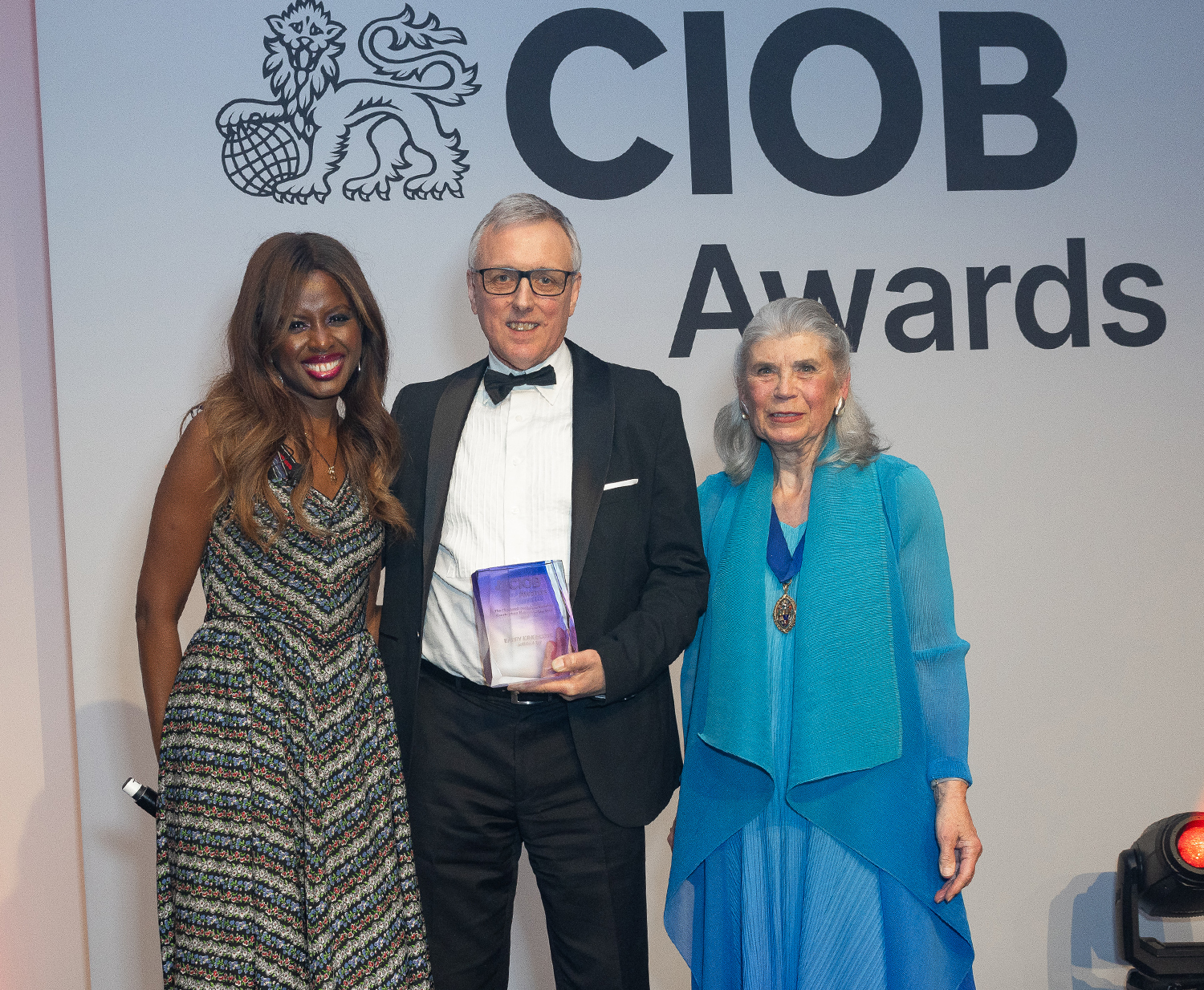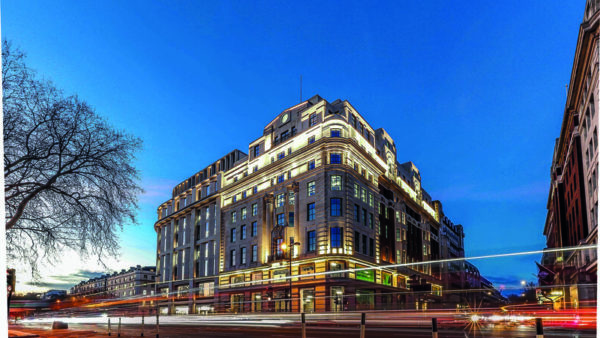
Construction Manager of the Year 2024, Galliford Try’s Barry Kingscote, tells CM what the key to the success was on his winning Marble Arch project.
“Why do I think I won the award? You’re asking the wrong person!”
Barry Kingscote laughs, still in a celebratory mood after being crowned Construction Manager of the Year (CMYA) at the CIOB Awards 2024. Since then, he’s received “a few texts” from friends and colleagues congratulating him for landing the highest accolade in the construction industry. Although the award recognises his personal achievements, Kingscote insists his team is also acknowledged.
“It’s never about one individual,” he says. “Okay, I was the recipient of the award, but the truth is that every member of the wider Galliford Try team was involved in this project to produce a fantastic-quality building.”
The building the project director – MCIOB since 9 April; he achieved membership through the CMYA judging process – refers to is 1-4 Marble Arch. This mixed-use development involved, among other things, retaining a century-old structure that required several significant amendments to the design.
“The job itself was very complex from the outset,” explains Kingscote. “We were working with a blue-chip client on an estate with historic and newer buildings. I had been lucky enough to work with the Portman Estate in my previous project, which was 100 yards away. That was a success and influential in us landing this scheme, which was definitely more complex.”
Basement challenge
Although demolition behind a retaining facade is not unusual in London, adding a second basement to the structure made the project particularly challenging, says Kingscote. Complicating things further was the fact that 1-4 Marble Arch is adjacent to another major development. “We were demolishing a building with a live boundary against another project,” says Kingscote. “They were erecting wall structures within a few millimetres of it, as were we.”

There were six tower cranes between the two sites, and 100 lorries a day bringing deliveries, which meant careful logistics planning. Being in the heart of the West End, surrounded by tourist attractions, added another layer of complexity. “Obviously, you need to respect neighbours and the businesses in the area, including hotels and residential buildings,” says Kingscote.
Technical innovation was present throughout the project, he continues, including the 300-tonne temporary works structure used to retain the six-storey facade.
One of the project’s elements Kingscote takes the most pride in is the ability to bring together a large team, both within Galliford Try and external stakeholders. He worked closely with the client, the Portman Estate, but also with the project management team at Buro Four, the consultant team of architects AHMM, structural engineers AKT II and Westminster Council.
A close collaboration with Transport for London ensured there were no problems with a Tube line running a few metres away from the site’s south boundary.
“I believe the collaboration that was achieved was key for success,” adds Kingscote. “We were here for three and a half years, people lived and breathed through some difficult times, including Covid-19. I think all enjoyed their time with us and we’ve created a fantastic building for years to come.”










